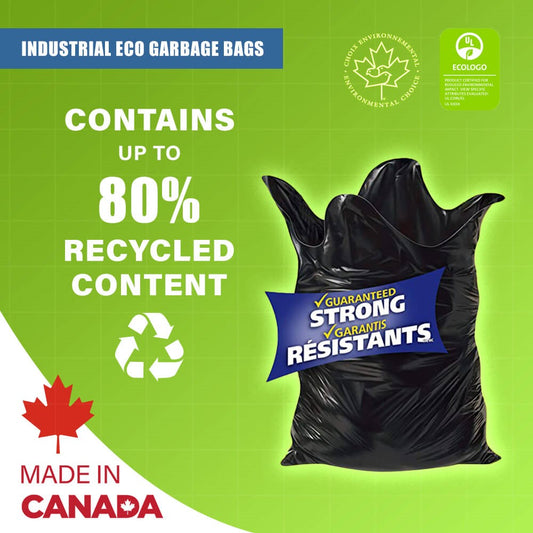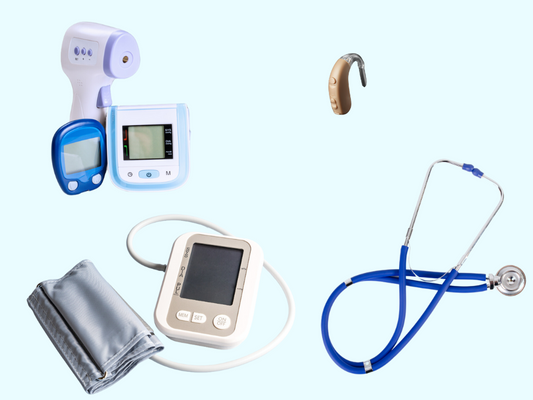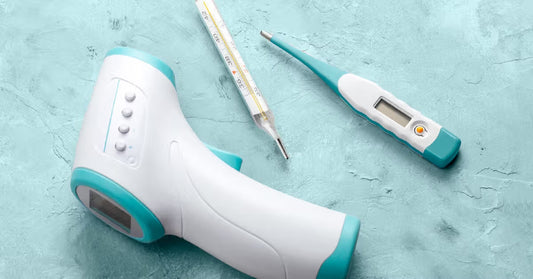
Things to Consider When Choosing Surgical Gloves
Medical gloves act as a barrier to reduce the risk of disease transmission and cross-contamination. These small, seemingly insignificant accessories are essential for preventing infection and contamination during medical procedures. However, The selection of surgical gloves is one aspect that’s often overlooked.
Whether you’re looking to buy medical gloves in Canada or exploring the various types available, it’s essential to choose the right ones that provide both the necessary protection and comfort for your specific needs. So, today, we will examine the factors to be considered when selecting surgical gloves.
How To Choose Surgical Gloves
1. Surgical Gloves Material
Surgical gloves are available in various materials and offer different levels of protection and different levels of comfort. The surgeon’s preference and the surgical procedure should be taken into account when choosing surgical gloves. These are the common types of gloves available for sale in Canada.
● Latex Gloves
Let’s start with the classic latex glove. For many years, these gloves are most commonly found in the healthcare industry.
Latex gloves are made from natural rubber. Latex is a very elastic and durable material, making it ideal for gloves. These gloves are also resistant to water, bacteria, and many other chemicals. However, Some people may be allergic to latex and, therefore, not should not wear these gloves. Many surgical teams report latex surgical gloves to be the most flexible and comfortable. They also provide a high degree of sensitivity. Latex is also an effective barrier to pathogens and contaminants.
● Nitrile Gloves
Nitrile gloves in Canada are in high demand because of their superior chemical and puncture resistance characteristics. Synthetic rubber gloves offer superior protection against bloodborne diseases. These gloves are also an excellent alternative for those with latex allergies.
● Vinyl Gloves
Vinyl gloves are also commonly used by the healthcare industry. These gloves are made of synthetic materials (polyvinyl chloride). Vinyl gloves are more affordable than Nitrile and latex so they can be used for low-risk procedures. Vinyl gloves have less barrier protection and tactile sensitivity than latex or Nitrile.
2. Powdered Gloves vs. Unpowdered
In the past, surgical teams have preferred disposable powdered gloves. These gloves usually contained cornstarch, making it easier for them to slip on. Powdered gloves are easy to use, but the powder can cause complications when it comes into contact with tissue exposed during surgery or a procedure. Contact with the powder caused infection in some cases and slowed the healing process. Due to these issues and the FDA’s ban on powdered gloves, all surgical procedures now require powder-free gloves.
3. Surgical vs. Examination Gloves
For any non-surgical purpose, gloves with an AQL of 2.5 or below are acceptable. There’s no risk of disease transmission when you use non-sterile gloves in non-surgical settings. For surgical purposes, it is still important to ensure an acceptable AQL rating.
4. Size and Fit
A sterile surgical glove must fit well and be comfortable to wear. A bad fit can cause discomfort, decreased dexterity, and fatigue in healthcare professionals. Your team should feel comfortable and confident during surgery. Your surgical team can be more successful if your gloves fit comfortably and well, especially during lengthy or difficult procedures.
5. Glove Thickness & Durability
The thickness of the surgical gloves is variable and plays an important role in durability and protection. Thick gloves offer greater resistance to punctures but can reduce tactile sensitivity.
Gloves are normally measured in mils. 1 mil is 0.001 inch. Gloves are typically 1 mil up to 15 mils thick.
- Thin Gloves (1-3 mils) provide excellent dexterity and are lightweight.
- Medium-thickness gloves (4-6 mils) provide a balance between dexterity, durability, and comfort.
- The thickest gloves are those with a thickness of 7 mils or more. Thick gloves may reduce tactile sensitivity and flexibility. They are not generally preferred for procedures.
6. Disposable Gloves vs. Reusable gloves
The intended use will determine whether you choose disposable or reusable gloves. Disposable gloves reduce contamination and are ideal for one-time use. Reusable gloves, however, can be more cost-effective in certain situations.
7. Double-Gloving
Double-gloving may seem like a better option than wearing just one glove. Double-gloving can protect you from harmful pathogens. The researchers found that although glove perforations are common, they did not find any instances of double-glove inner perforation. If you decide to go this route, you will need to stock more gloves. For this reason, it’s best to purchase gloves in bulk.
8. Biocompatibility & Allergy
Both patients and healthcare professionals must ensure the gloves are biocompatible. The gloves must not contain harmful chemicals which could cause adverse reactions. Choosing non-latex can also prevent allergic reactions in individuals who are sensitive to latex.
9. Tactile Sensitivity
In general, medical gloves and exam gloves of lower quality are not suitable for surgical use. Gloves that have a high level of tactile sensitivity help healthcare professionals perform delicate tasks more accurately and with ease.
10. Compare Price and Quality
Although cost-effectiveness can be important, compromising glove quality may have serious consequences. Budget constraints must be balanced with the need to ensure that gloves meet safety and performance requirements.
11. Compliance and Regulations
Surgical gloves are not an exception to the strict regulations that govern the medical industry. Make sure the gloves that you select comply with the relevant standards and regulations.
12. Brand Reputation
It’s best to buy high-quality surgical gloves produced by reputable manufacturers. When making your decision, consider the reputation of the manufacturer, reviews by users, and endorsements from medical professionals.
Wrap Up!
In the end, safety is the priority for both patients and healthcare professionals. Medical gloves are an important part of PPE to control the spread of infection and disease. You can only ensure their safety by buying high-quality products, whether it’s medical surgical gloves or any other equipment.
FAQs
1. Are reusable gloves as safe as disposable gloves?
Reusable gloves can be safe when properly maintained and sterilized. In medical settings, disposable gloves are preferred because they minimize the risk of contamination.
2. How can I make sure the gloves I select comply with the regulations?
You can find relevant standards and certifications on the packaging of the gloves or the website of the manufacturer. Consult regulatory authorities if you need guidance.
3. How long do disposable surgical gloves typically last?
The shelf life of medical gloves can vary depending on the manufacturer and storage conditions. However, it usually ranges between three to five years. It is better to check the expiry date of gloves prior to using them.
4. Do surgical gloves cause allergic reactions?
Latex gloves can be allergic to some people. Latex-allergic individuals can use vinyl and nitrile gloves as alternatives. You must be aware of your allergies to choose the right glove.
5. How should surgical gloves be donned and doffed properly?
To maintain a sterile atmosphere, it is important to properly don (put on) and doff (take off) surgical gloves. To minimize the risk of contamination, healthcare professionals should adhere to specific guidelines and protocols.
6. How should surgical gloves be after use?
Surgical gloves must be disposed of according to medical waste disposal regulations. To ensure proper disposal, they should be placed into designated biohazard bins.







